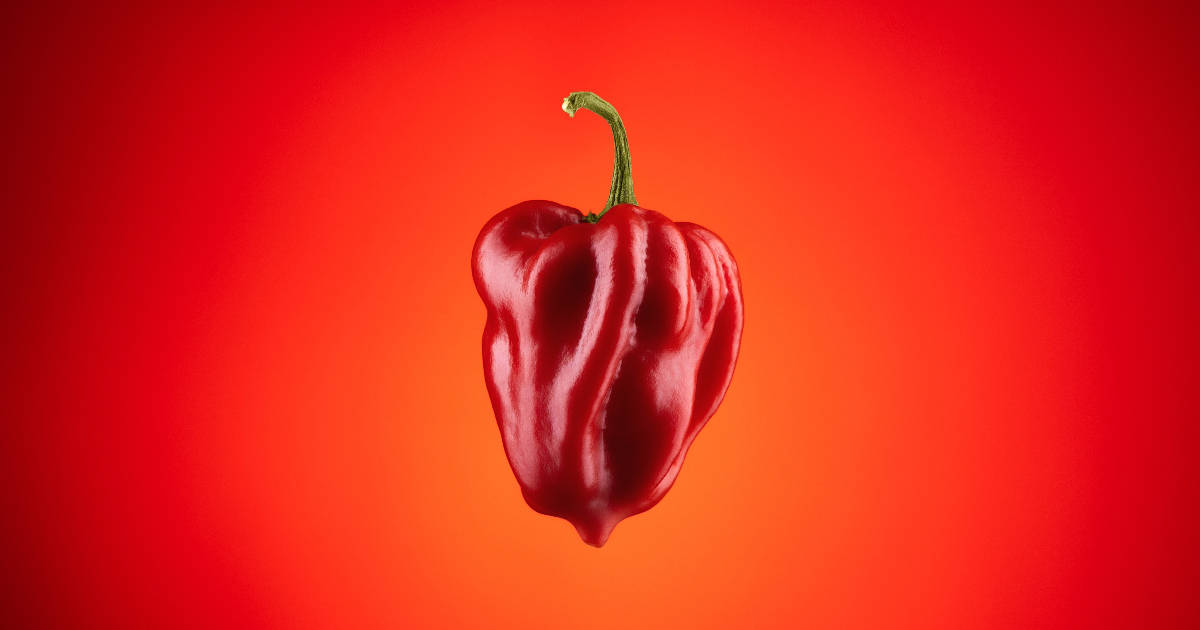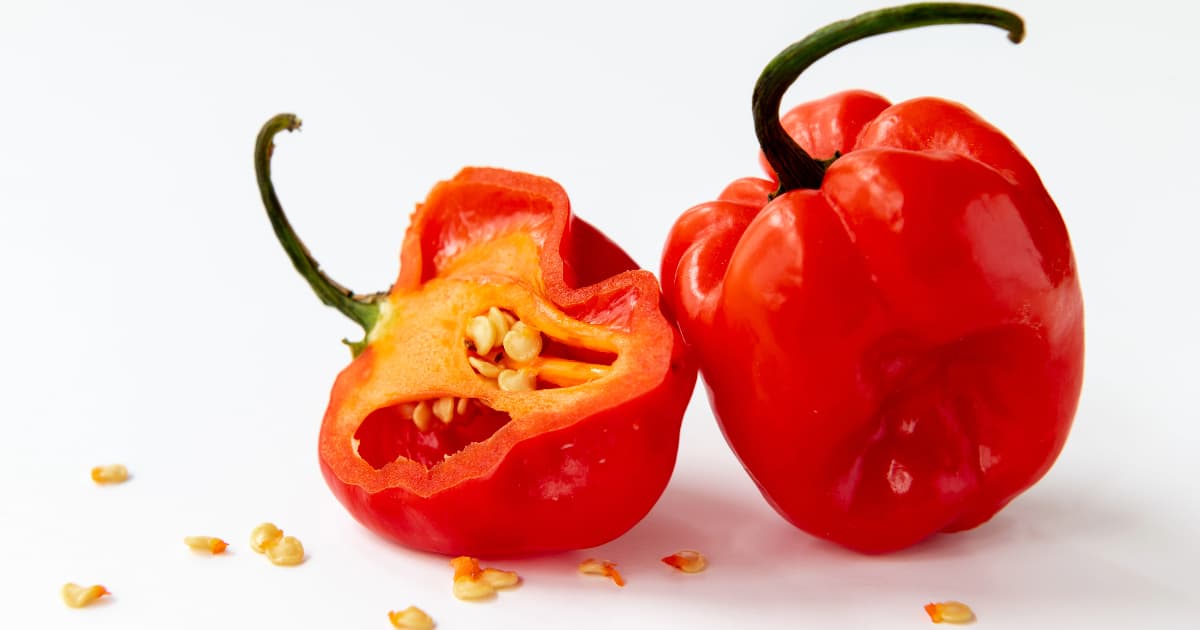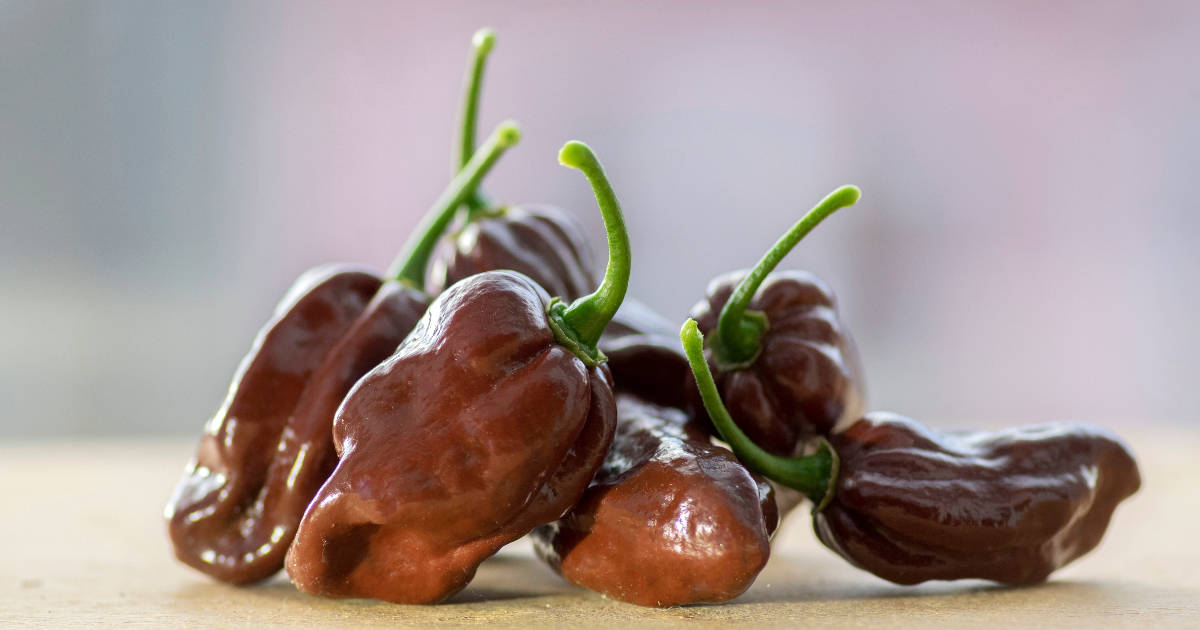For chili lovers, few peppers can match the intensity and fruity flavor of the habanero. These small, lantern-shaped peppers pack a mighty punch, ranking among the hottest varieties available.

Habanero powder provides all of the signature heat and tropical fruitiness of fresh habaneros in an easy-to-use ground form. But just how hot are habaneros? And what's the best way to enjoy their spicy kick without getting burned?
We will explore everything you need to know about habanero powder Scoville units and their uses. We'll cover the history, heat levels, flavor profile, and culinary applications of this iconic chili pepper.
The History and Origins of Habanero Peppers
The habanero pepper has an extensive history spanning thousands of years. Archeological evidence shows domesticated habaneros dating back over 8,500 years ago in the Brazilian rainforests of South America. The name "habanero" comes from La Habana, Cuba where the peppers were heavily traded. However, the Yucatán Peninsula of Mexico is the largest producer of habaneros today.
Spanish colonists spread habanero seeds globally in the 18th century, leading taxonomists to incorrectly assume they originated in China. This misconception led to the scientific name Capsicum chinense, meaning "Chinese pepper". In reality, habaneros originated in the Amazon region of South America.
The Relation Between Habaneros and Scotch Bonnets

The habanero and the Scotch bonnet pepper are close relatives within the Capsicum chinense species. They have similar heat levels ranging from 100,000 to 350,000 Scoville heat units on average. However, the pod types differ somewhat between the varieties.
Both habaneros and Scotch bonnets have thin, waxy skin. Scotch bonnets are generally a little smaller than habaneros. Habaneros are about 2 to 3 inches long while Scotch bonnets are around 1 to 2 inches long. They share the same fruity, floral flavor profile but habaneros tend to be slightly sweeter.
Exploring the Different Habanero Cultivars

There are over 18 cultivars of habanero peppers created through selective breeding. Habaneros come in a rainbow of colors including orange, red, chocolate, brown, yellow, white, purple, and more.
Some popular examples include:
- Orange Habanero - The most common type with a bright orange color. It has a fruity, citrusy flavor and 200,000 to 350,000 Scoville heat units.
- Caribbean Red Habanero - A hotter variety with 300,000 to 450,000 Scoville units. It has a citrusy, earthy flavor that's great for salsas.
- Chocolate Habanero - As the name suggests, this cultivar is brown in color. It also ranks among the hottest habanero varieties with 425,000 to 577,000 Scoville units. It has an earthy, smoky flavor.
- Peruvian White Habanero - A unique white variety that looks deceptively innocent. It packs a similar amount of heat as the orange habanero.
- Red Savina Habanero - The hottest habanero cultivar with up to 577,000 Scoville heat units. It held the world record for the hottest pepper for several years.
Where Habaneros Rank on the Scoville Scale
The Scoville scale measures the pungency and spiciness of peppers based on their capsaicin content. On the Scoville scale, habaneros rank between 100,000 to 350,000 Scoville heat units on average. This makes them about 76 times hotter than a jalapeño, which only ranges from 2,500 to 8,000 units.
For comparison, habaneros are around 3 to 10 times milder than ghost peppers, which can reach over 1 million Scoville units. But they are much hotter than popular mild peppers like the banana pepper and the poblano.
So in terms of everyday peppers, habaneros sit firmly in the "very hot" category of the Scoville scale. They aren't extreme like the Carolina Reaper, but they do pack some serious heat.
The Unique Flavor Profile of Habaneros
In addition to bringing the heat, habaneros also have a deliciously fruity, floral flavor. The most common orange habanero has a sweet, tropical fruitiness akin to mango, pineapple, and citrus fruits. Underneath the initial sweetness, habaneros also have a subtle smoky aroma.
Other habanero types like the Caribbean red and chocolate habanero have similar flavors with some added earthy, smoky notes. This makes them extremely versatile peppers for salsas, hot sauces, rubs, marinades, and more - both for their heat and for their complex flavors.
How to Use Habanero Powder
Habanero powder provides an easy way to infuse dishes with habanero flavor and heat without the hassle of handling whole peppers. Here are some suggested uses:
- Add it to hot sauces, chili pastes, or pepper jams for flavor and kick.
- Use it in dry rubs and spice blends for meats. It's great on chicken, steak, or pork.
- Mix a pinch into bloody marys or margaritas instead of hot sauce.
- For a spicy dessert, rim glasses with habanero powder and sugar.
- Add a teaspoon to ranch dressing or salad dressings for a flavor boost.
- Mix it into fresh salsas, especially mango or fruit salsas, for a sweet heat.
Start with small amounts, a little habanero powder goes a long way! Always taste and adjust the spiciness to your preferences.
Handling Habanero Peppers and Powder
It's important to use caution when handling habaneros due to their extreme heat. The capsaicin oils can cause skin irritation and severe burning, especially around the eyes or nose. Consider wearing gloves when prepping whole habaneros.
After handling, wash your hands thoroughly with soap and water. Avoid touching your face or eyes after contact. If irritation does occur, rinse well with water and apply milk or yogurt to help neutralize the burn.
Habanero powder carries similar risks if mishandled. Take care when measuring out powder to avoid breathing it in. Wash hands immediately after and avoid direct contact near eyes and face. With proper precautions, you can safely enjoy habanero powder's spicy kick and fruity flavor.
FAQ
What color habanero is the hottest?
The red habanero is generally the hottest color variety. As the pepper ripens from green to red, it develops more heat. Fully ripened red habaneros typically have a Scoville rating of around 300,000 to 350,000 units, compared to 100,000 to 200,000 units for green habaneros. Other factors like growing conditions and genetics also impact the heat level. But you can expect red habaneros to pack the most punch.
How do you reduce the heat of habanero powder?
To tone down habanero powder, try diluting it or blending it with other ingredients. Adding extra oil or liquid when cooking can help disperse the heat. Mixing it with mild spices like cumin, garlic powder, or paprika will also cut the spiciness. For drinks, blend habanero powder into fruit juices or milk to mellow it out. Start with small amounts and adjust until you reach the desired spiciness.
Can you substitute habanero for jalapeño?
It's best not to substitute habanero for jalapeño in recipes unless you want an extremely spicy result. On average, habaneros are about 75 to 100 times hotter than jalapeños on the Scoville scale. They have entirely different heat levels. For a less spicy alternative, try serrano peppers which are still significantly hotter than jalapeños but not as intense as habaneros. Adjust the amount to your taste preferences.
Conclusion
With their fruity flavor and intense burning heat, habanero peppers have earned a reputation as one of the spiciest varieties available.
Habanero powder offers an easy way to add their signature spice to your favorite recipes, hot sauces, dressings, and more. Just remember to handle the powder carefully and take precautions to avoid skin or eye irritation from the capsaicin oils.
When used properly, habanero powder can take dishes to the next spice level. So if you're eager to turn up the heat, habanero powder is a top choice for infusing foods with extreme spiciness and tropical fruitiness.

